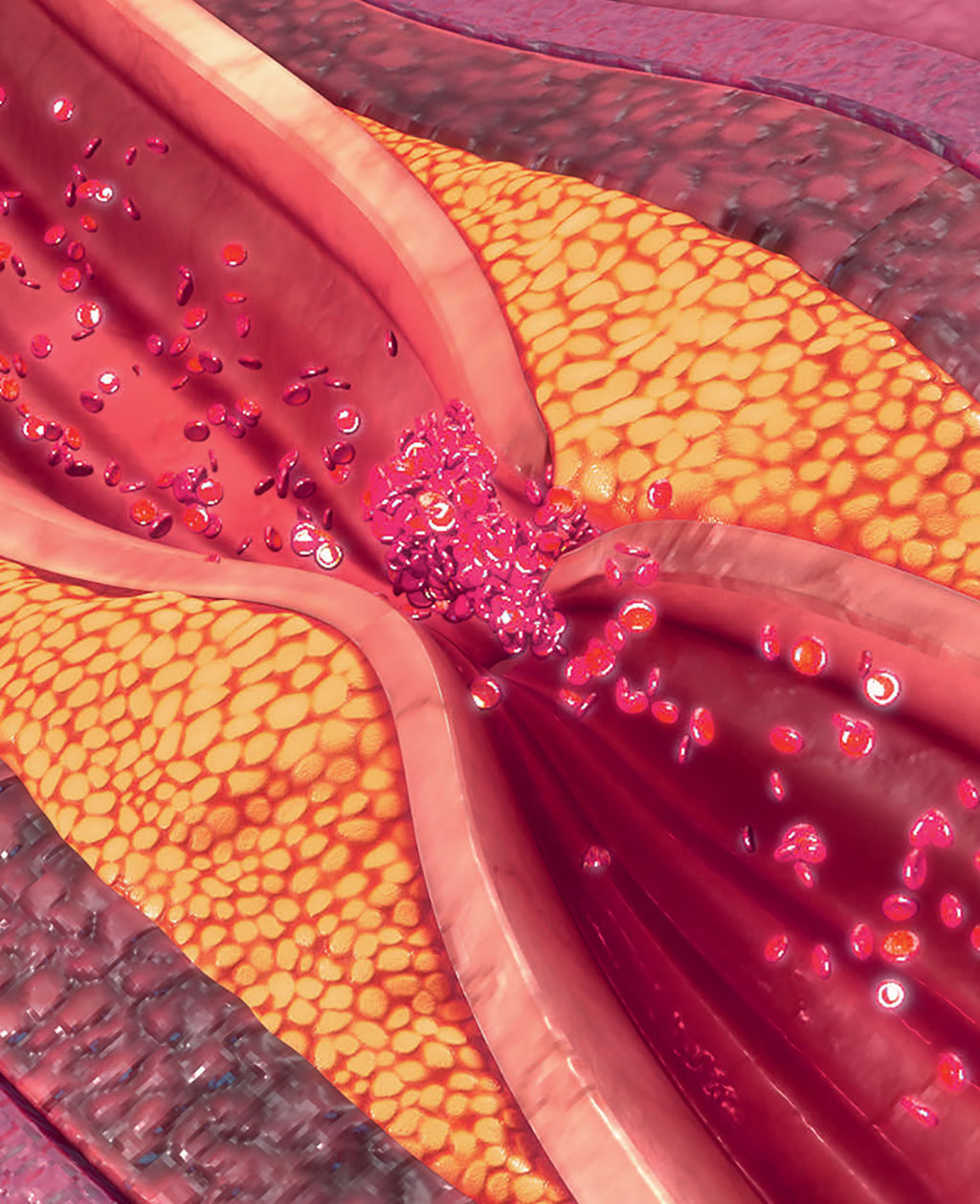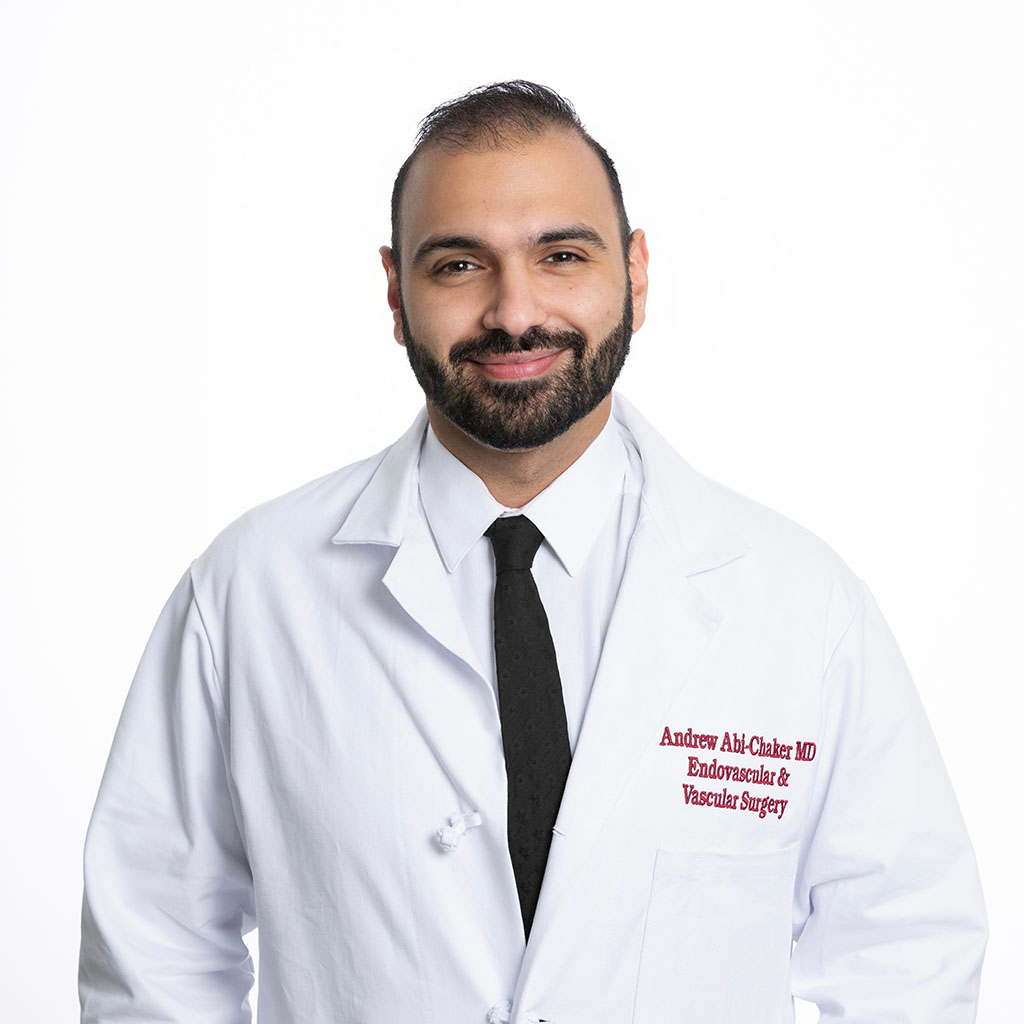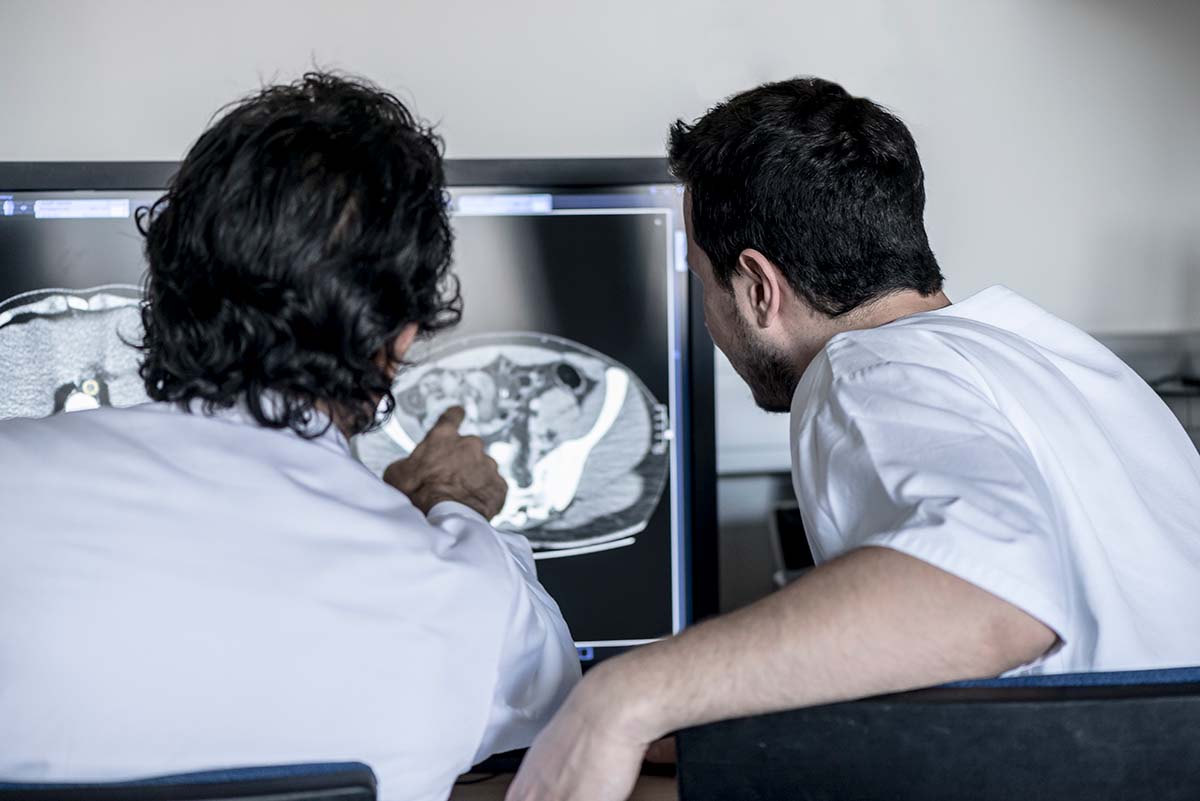What is Critical Limb Ischemia (CLI)?
Critical limb ischemia from vascular disease will not resolve on its own without surgical treatment. You may develop ulcers on your feet that do not heal as a result of CLI. In order to heal these ulcers, you need treatment that will restore the blood flow to your feet by opening the blockages in your legs.
Critical Limb Ischemia Q & A
Image provided courtesy of Boston Scientific. ©2022 Boston Scientific Corporation or its affiliates. All rights reserved.
What are the risk factors for Critical Limb Ischemia?
- Current or previous smoker
- High blood pressure
- Age > 50 years old
- Diabetes
- High cholesterol
- Coronary artery disease
- Atherosclerosis
- Black or Hispanic
- Male
- Family history
- Obesity
- Untreated or unresolved PAD
Signs and Symptoms of Critical Limb Ischemia
- Foot/ leg pain at rest
- Ulcers on the foot that do not heal
- Gangrene or dry black skin on the feet
- Absent or reduced pulse in the legs or feet
- Pain, numbness, tingling in the legs or feet
- Painful cramping in the hip, thigh or calf
- Feeling of coldness that occurs in one leg/foot more than the other
- Loss of hair or slow growing hair on the legs and feet
- Slow growing toenails
- Shiny skin on the legs or feet
Is amputation the only option for CLI?
Treatment Options for Critical Limb Ischemia (CLI)
- Endovascular repair with any combination of the following: nitinol stent, balloon expandable stent, Drug Coated Balloon (DCB), Drug Eluting Stent atherectomy, and/ or Shockwave™
- Surgical repair using bypass
- Surgical endarterectomy
- Minimally invasive repair using a combination of bypass and stenting
- As a last resort, amputation
The introduction of new balloons and stents with drug coatings have improved treatment outcomes for patients with CLI, offering long term relief and preventing the need for repeated interventions over time.
If you are interested in learning more about the newest treatment options Drs. Eghbalieh and Abi-Chaker use to treat critical limb ischemia, check out the videos below:
Our Vascular & Endovascular Surgeons
It's important to remember not all physicians are trained in advanced vascular and endovascular surgery. It’s a good practice to get multiple opinions and do research on the surgery and the physician.







